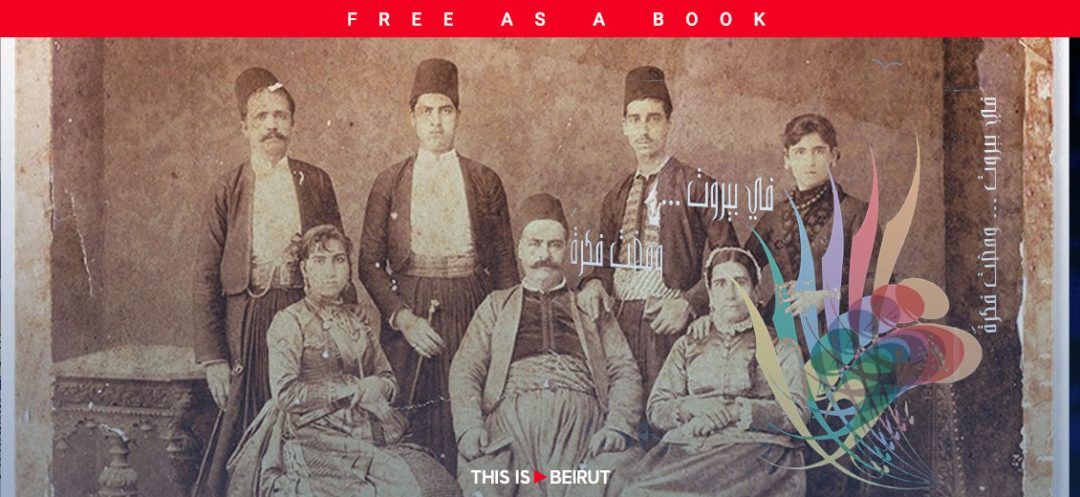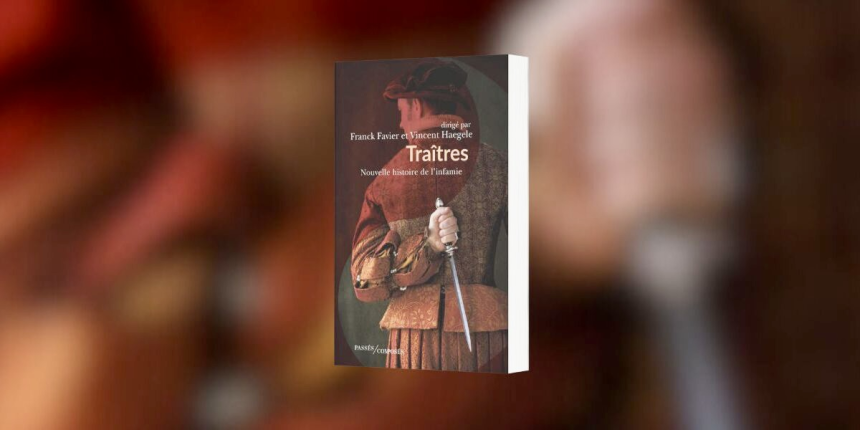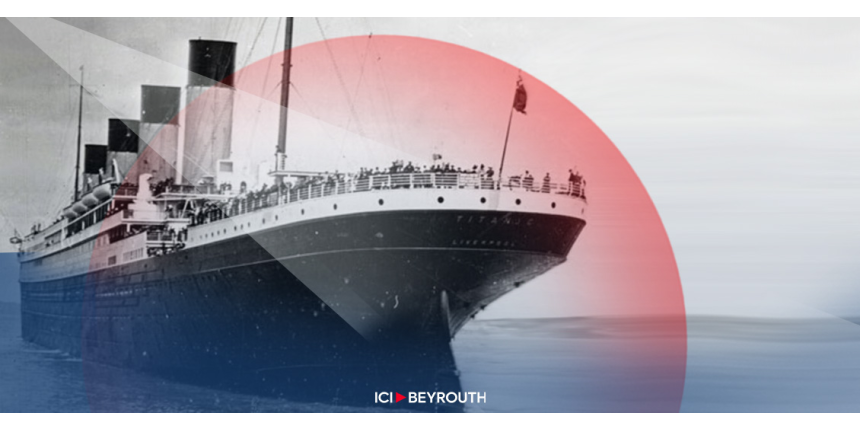
This is the story of four generations of the Sader family, their hard work, and their honored commitment to preserving and developing this precious heritage, which they have enhanced with great success; the story of more than a century and a half of dedication to Belles-Lettres and legal publications.
In the 1970s, Dar Sader, the oldest Lebanese and Arab publishing house, received the King Faisal Prize for Literature for the work Nafah al-Tayyib in the Andalusia collection, written by Dr. Ihsan Abbas. In 1999, it was honored by Dr. Sultan Bin Mohammad Al-Qassimi, the ruler of Sharjah, and in 2014 by the Lebanese Ministry of Culture on the occasion of its 150th anniversary; not to mention the dozens of awards received at countless Arab book fairs. Dar Sader’s books are distributed everywhere, even in South Africa and Japan. They are currently present at the Brussels Book Fair and the renowned Der Divan in Berlin.
The Sader Family Saga
In the mid-19th century, the founder, Ibrahim Sader, arrived at Souk Abou Nasr in Beirut, as a guest in one of the vaults of the famous Saint Elias convent. He initially dedicated himself to selling rosaries, often made of precious stones, before buying a small printing press with his savings and starting his career by publishing small prayer books. During this period, the council that took place at the Notre-Dame de Louaizé convent demanded the modernization of Maronite institutions and prioritized the excellence of culture, ordering mastery of the Arabic language. Ibrahim Sader contributed to this effort by publishing one of the first grammar books, written by Bishop Germanos Farhat (1670–1732), Bahth al Matalib.
The pioneer had two children: Salim born in 1868 and Youssef born in 1870. Ibrahim Sader’s legacy gave birth to two parallel institutions: on one hand, Salim’s bookstore, and on the other, Youssef’s printing press, which collaborated closely. The bookstore would become the Sader House or Dar Sader, under the direction of Salim and his own son Antoun, meanwhile the fourth generation of the family dedicated themselves to the realms of Belles-Lettres and Arab heritage. Youssef, for his part, developed the scientific printing press, which became, during his lifetime, a reference publishing house for legal publications that continued to develop with his grandsons.
Antoun was friends with the great intellectuals and writers of the time who gathered in his bookstore. He published re-editions of works by Khalil Gibran and many masterpieces of immigrant literature, including those by Mikhail Naimy and Elia Abou Madi. He published Molière, translated by Elias Abou Chabké, and Shakespeare adapted by Amine Ghorayeb. After Antoun’s death in 1983, his sons Nabil, Ibrahim, and Salim decided to abolish the different names under which they had been known into the singular identity of Dar Sader. Today, they are assisted by their children who are beginning to take over, making up the fifth generation. Before dying, Youssef passed the torch to his son Adib, who would lead the house until his death. His son Joseph, who succeeded him, named the institution “Sader al-huqūqiyat” which is considered today as one of the most sought-after publishing houses in the world of Arab jurisdiction.
Interview with Nabil Sader and his daughter Sara
With the construction and rise of AUB in 1866 and USJ in 1875, Dar Sader provided university and school books in various fields of knowledge and science, primarily in Arabic but also in French. Dr. Hala Bizri, who defended a thesis on Books and Publishing in Lebanon during the first half of the 20th century, attests that The Hundred Little Tales published in 1902, authored by none other than Salim Ibrahim Sader, were published in French by Dar Sader, before the French mandate in Lebanon. Nabil Sader, a civil engineer graduated from AUB, emphasizes to Ici Beyrouth the contribution of his brothers, Ibrahim, a professor of electronic engineering, and Salim, a graduate in computer science: “We are all three passionate about publishing and very proud of this immense legacy that our pioneering ancestors have transmitted to us.” “Mikhail Naimy himself wrote a posthumous tribute to my father, Antoun Sader, after his death, in the daily An Nahar,” he adds. “We were the first to print Khalil Gibran” he continues. The journal of Elia Abou Madi, which he published daily in the weekly Al Samir in the USA, was published by Dar Sader, as well as Amine el Rihani, Amine Nakhlé, Elias Abou Chabké, Karam Melhem Karam, Kamal Joumblatt whose work Adab el Hayat (The Ethics of Life) and Thawra fi Alam al Insan (A Revolution in the World of Man) were published; Camille Chamoun whose work Marahel al-Istiklal (The Stages of Independence) was edited… “We also opened a branch in Iraq, during the time of Saddam Hussein, whose novels, signed anonymously, were sent to me through the Iraqi Ministry of Culture: Al Qalaa-al Hassina (The Fortress); Rijal wa Madina (Men and a City); Zabida wa al-Malek (Zabida and the King).”
Sara Sader specifies to This is Beirut that, unlike other publishing houses, Dar Sader has been printing an uncensored version of the Thousand and One Nights for over a hundred years, also including images by the French orientalist painter and illustrator Léon Carré. This book is one of our best-sellers, and our version of the Thousand and One Nights is classified as a work of reference in the Arab world. An unshakeable ethic governs the Sader institution, which is passed down from generation to generation and is upheld today by the fifth generation, equally dedicated to excellence.
Read more






Comments